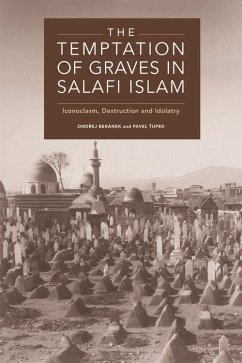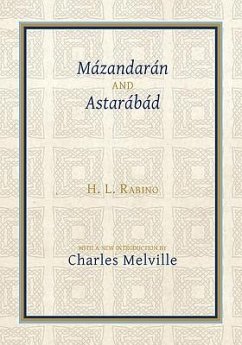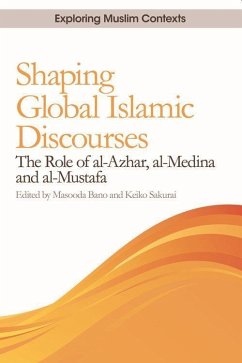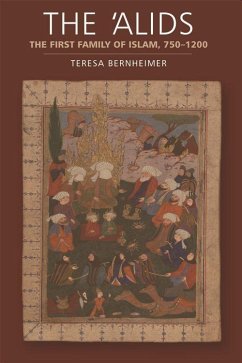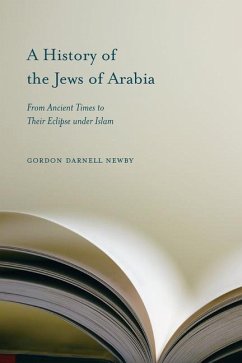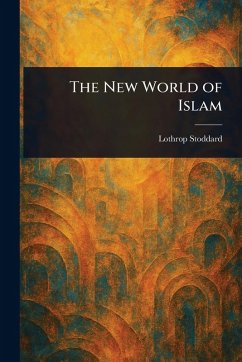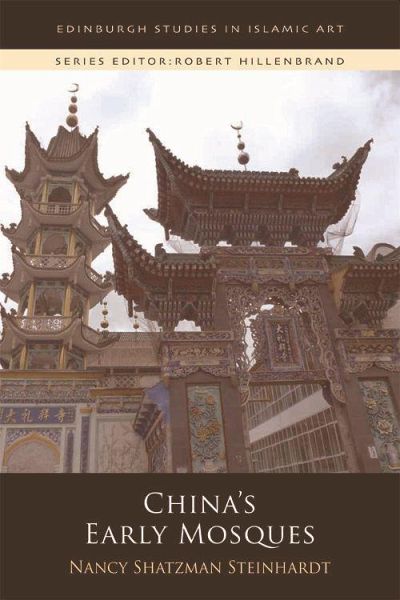
China's Early Mosques

PAYBACK Punkte
28 °P sammeln!
'This pioneering book opens up an entirely new field for scholars of both China and the Islamic world: the history of Chinese mosques...[it] is unique because its clear prose and copious illustrations portray the physical spaces within which Chinese Muslims operated.' Journal of the Royal Asiatic Society 'This well-illustrated book is a most welcome addition to art and architectural history studies... There is absolutely no other book in English or any European language that covers China's mosques. Further, in addition to being unique, it is lucidly written, shedding light on a topic that migh...
'This pioneering book opens up an entirely new field for scholars of both China and the Islamic world: the history of Chinese mosques...[it] is unique because its clear prose and copious illustrations portray the physical spaces within which Chinese Muslims operated.' Journal of the Royal Asiatic Society 'This well-illustrated book is a most welcome addition to art and architectural history studies... There is absolutely no other book in English or any European language that covers China's mosques. Further, in addition to being unique, it is lucidly written, shedding light on a topic that might otherwise seem bewildering to the non-Islamic, non-China specialist. This volume will remain the standard work on Chinese mosques well into the future.' Journal of the Society of Architectural Historians Explains how the worship requirements of the mosque and the Chinese architectural system converged What happens when a monotheistic, foreign religion needs a space in which to worship in China, a civilisation with a building tradition that has been largely unchanged for several millennia? The story of this extraordinary convergence begins in the 7th century and continues under the Chinese rule of Song and Ming, and the non-Chinese rule of the Mongols and Manchus, each with a different political and religious agenda. The author shows that mosques, and ultimately Islam, have survived in China because the Chinese architectural system, though often unchanging, is adaptable: it can accommodate the religious requirements of Buddhism, Daoism, Confucianism, and Islam. Key Features: - Includes case studies of China's most important surviving mosques, including approximately 70 premodern mosques, the tourist mosques in Xi'an and Beijing, and the Uyghur mosques in Kashgar - Aims to build an understanding of the mosque at the most fundamental level, asking what is really necessary for Muslim worship space - Presents Chinese architecture as uniquely uniform in appearance and uniquely adaptable to something as foreign as Islam - Explores the social and political aspects of China's architectural system, and the challenges faced by religious construction in premodern and contemporary Asia. Nancy S. Steinhardt is Professor of East Asian Art and Curator of Chinese Art at the University of Pennsylvania. She is author or co-author of numerous books including, most recently, Chinese Architecture and the Beaux-Arts (2011) and Chinese Architecture in an Age of Turmoil, 200-600 (2014).




